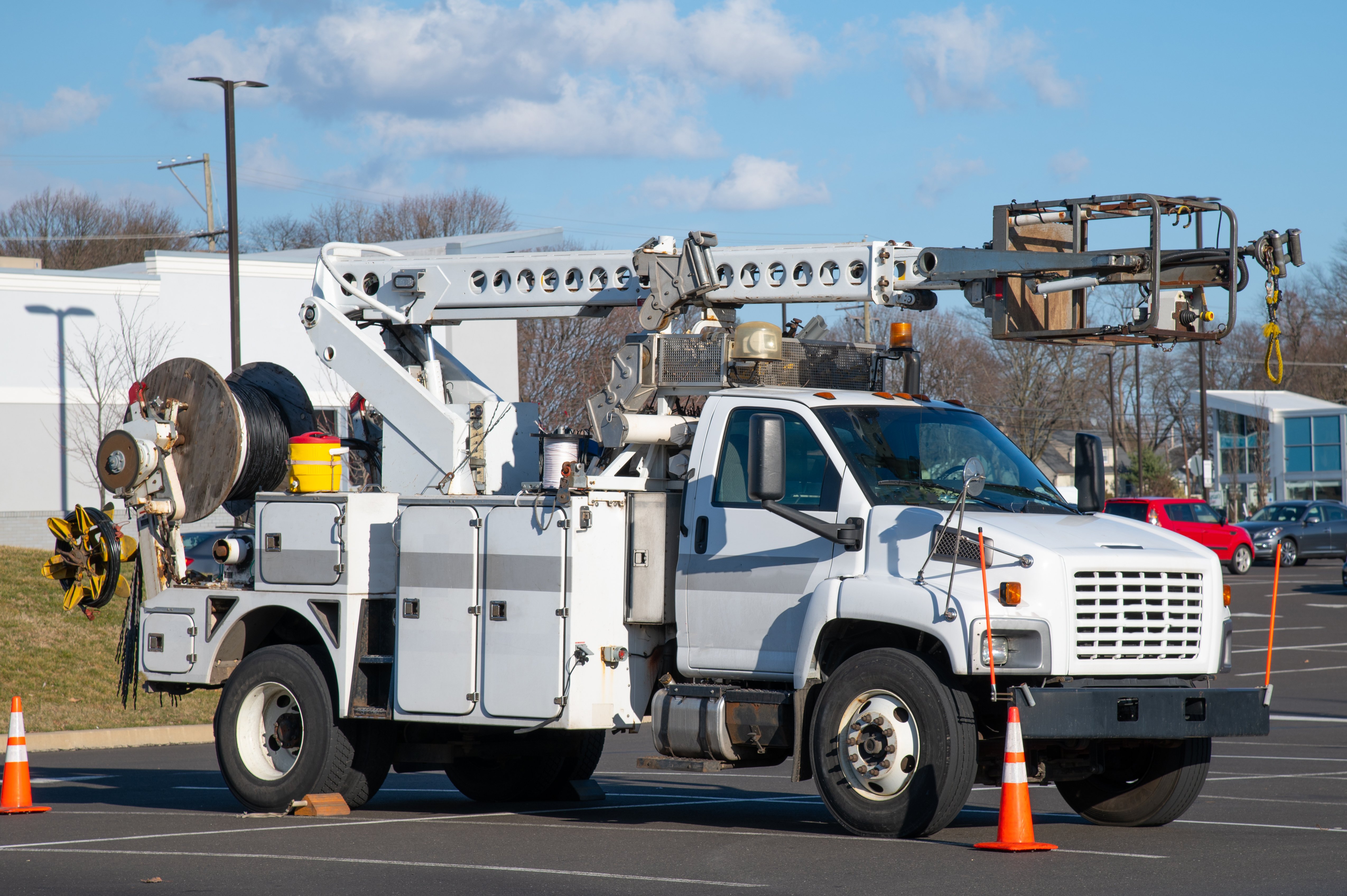
If you are in a crash, it’s normal to experience anxiety about driving again. For people who experience driving anxiety, sitting in the driver’s seat can cause several unpleasant symptoms, such as an elevated heartbeat, sweating, or even a full-blown panic attack. These symptoms can be highly disruptive, especially if driving is part of everyday life, for example, commuting to work and family needs.
Fortunately, there are ways to overcome driving anxiety. Here are seven tips to help you reclaim your confidence as a driver.
This article was originally published on the Driver’s Alert blog.
1. Start As A Passenger
One of the most anxiety-inducing aspects of driving is that you are in control of a powerful vehicle and responsible for yourself, your fellow passengers, and other individuals on the road. Start acclimating yourself by letting a trusted friend take you on a drive around town. This practice can help you get used to being in a vehicle again without the pressure of driving.
2. Get Behind The Wheel As Soon As Possible
Although easing back behind the driver’s seat can be wise, you do not want to wait too long before you start driving again. The longer you wait, the harder it can be to overcome your natural fears and anxieties. As soon as you process the trauma of your crash, start making a plan to reclaim your place on the road.
3. Drive In A Quiet Neighborhood
When you feel ready to drive solo again, start slow. Drive in a quiet neighborhood where you feel comfortable. Some people start in a parking lot to readjust to the feeling of driving. You might also ask a close friend or family member to ride with you so that you have someone willing to help you talk about and process your anxieties. It would be best to approach busy areas and highways only after you feel comfortable driving in an area with minimal traffic.
4. Invest In A Safer Vehicle and Make Safe Choices
Investing in a safer vehicle can also instill confidence. If you are in the market for a new automobile, research safety ratings and crash survivability statistics. Even if you cannot afford a brand-new vehicle now, there are ways to ensure your current car is as safe as possible.
Check with the manufacturer to ensure there are no recalls that could impact the safety of your vehicle. Additionally, ensure that you take basic steps to be a safe driver. Always wear your safety belts. Leave plenty of time to reach your destination so you are not tempted to drive at dangerous speeds. Finally, avoid common behaviors that lead to distracted driving, such as listening to loud music or adjusting music or navigation systems.
5. Consult A Professional Therapist
If you are still struggling to overcome your diving anxiety, there is no shame in seeking professional help. A psychiatric professional can help you work through some of the fears that prevent you from driving, and a psychologist can help with prescription medications that make anxiety more manageable.
Depending on the severity of the crash that caused the trauma, professional help might be a wise first step. Some communities have limited mental health resources, and there can be an extended wait period before you can see a therapist for the first time. You might find it helpful to make an appointment, even if you have not officially decided whether or not to get help from a professional.
6. Work With A Driving Instructor
Driving instructors do much more than teach people the general skills needed to drive. Some specialty instructors help their students overcome driving fears, whether those fears are general anxieties about driving or related to more specific activities such as driving in traffic or across bridges. Certified Smith System instructors can also help you improve your defensive driving skills, or your ability to anticipate situations and avoid collisions — even ones that might not be your fault.
7. Be Patient With Yourself
A car crash can be a horrific and life-changing event. While most people can overcome their trauma and regain confidence in their driving abilities, mastering anxiety is a process, and each person processes trauma differently. Be patient during the healing process and allow yourself the freedom to recover at your own pace.
By learning and applying The Smith5Keys® to your own driving, you can build back confidence in your preparation and decision-making on the road.










